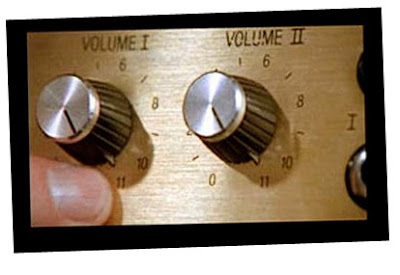This has been under development for a while, but I thought I'd throw it out to the dogs and absorb any criticism.
I am going "half way" here to start. One electric vessel.... the BK. It will serve as my HEX during the mash and then the BK later (sparge water will be temporarily moved from BK to a large pot while I pump wort into the kettle after the mash.) This was a cost savings item... the extra power cable, electronics, heater element, ball valve, etc required for a dedicated HEX doesn't seem worth the scorn of SWMBO right now.
I've got ample room in my control box and amps available to upgrade later and add the dedicated HEX.
My PID does not have a manual mode, but I built a pulse width modulator for a couple of $'s and will use a selector switch to pick whether the PWM or PID is in control of the heating element. When I eventually add the dedicated HEX, the selector switch will be abandoned and the PID will control the HEX while the PWM controls the BK.
The pic does not show the ground wire, but it'll be there in the system. The control box, pump, and element will be grounded.
So... lend me your criticisms now..... I'm ready for it...
edit: all 120V powered items (except the pump receptacle) are mounted on the hinged door of the control box. The 240V stuff is all in the belly of the beast.

There is one thing I think I could/should have done differently, but I'll just be a nuisance if it happens. In that case, I spend another $10 and fix it and the nuisance goes away. But, I'm not going to point it out to anyone.
I am going "half way" here to start. One electric vessel.... the BK. It will serve as my HEX during the mash and then the BK later (sparge water will be temporarily moved from BK to a large pot while I pump wort into the kettle after the mash.) This was a cost savings item... the extra power cable, electronics, heater element, ball valve, etc required for a dedicated HEX doesn't seem worth the scorn of SWMBO right now.
I've got ample room in my control box and amps available to upgrade later and add the dedicated HEX.
My PID does not have a manual mode, but I built a pulse width modulator for a couple of $'s and will use a selector switch to pick whether the PWM or PID is in control of the heating element. When I eventually add the dedicated HEX, the selector switch will be abandoned and the PID will control the HEX while the PWM controls the BK.
The pic does not show the ground wire, but it'll be there in the system. The control box, pump, and element will be grounded.
So... lend me your criticisms now..... I'm ready for it...
edit: all 120V powered items (except the pump receptacle) are mounted on the hinged door of the control box. The 240V stuff is all in the belly of the beast.

There is one thing I think I could/should have done differently, but I'll just be a nuisance if it happens. In that case, I spend another $10 and fix it and the nuisance goes away. But, I'm not going to point it out to anyone.











